Geometry can be a fickle thing to teach. In some ways, it is super simple. I mean, it IS just shapes!! However, in others it can be very difficult. First of all, how in depth should you get? What do your kids need to know? Secondly, oh the VOCABULARY! GAH! SO.MANY.TERMS.
Let’s dive in and take a closer look at 2D (plane) shapes. Next post will focus on 3D shapes!
What Do the Standards Expect?
Georgia has developed a set of frameworks that review each standard and gives ideas and resources for each math concept. It also breaks the standard down so that teachers can be sure they are addressing what the standard expects from students. I liked this version because I thought it was very user friendly for teachers.
I cut and paste student expectations into a “prettier” and easier to read document. You are more than welcome to download it here, free.
The list of end of unit expectations looks long, but many of them piggyback on each other. It is very clear that students need to be able to understand and use the attributes of plane and solid shapes…which is a whole lotta vocabulary!
So how can you help teach concepts and solidify understanding of vocabulary? Let’s about the lessons.
What Should I Be Teaching?
While the standard may not explicitly mention polygons, it is embedded in the standard. Students will have to know what a polygon is to even begin understanding 2D shapes. A polygon is a 2D shape made of straight lines and is closed. A sort is a simple, but meaningful way to help students understand and differentiate between a polygon and not a polygon.
Then, students can apply their learning to plane shapes and begin to learn the basic plane shapes and the attributes (sides, corners, and angles). A great book to introduce plane shapes is the book The Greedy Triangle.
This is a longer book, and I usually do not read longer books as part of my math mini lesson during math workshop. You can read more about that here. However, this was a book I ALWAYS made time for. I usually read this book aloud on Fridays, when I did not follow the math workshop model.
Students were each given a geoboard and rubber bands. While I was reading, the geoboards had to stay on the floor, and students kept their hands in their laps so they could listen. In the book, the main character (The Greedy Triangle) is bored and wishes to change shapes. He changes into different plane shapes. As the character adds new angles and changes into a new polygon, students make the polygon on their geoboards and record it on the anchor chart.
These anchor charts may not be pinterest perfect, but it was the real world in my classroom! These are the charts we made as we read the book. I tried to call multiple students up to draw their shapes so other students could see that a hexagon, for example, could look different!
Students can practice novel ways of creating and identifying 2D shapes. Some ideas are:
- Creating plane shapes with playdoh and Popsicle sticks
- Gluing toothpicks in 2D shapes
- Sorting and graphing shapes
- Finding 2D shapes in the real world magazine pictures
After students become comfortable with the terms sides, corners, angles, you can introduce the concept that several plane shapes are quadrilaterals. This is another activity that is great for sorting.
It also leads well into composing and decomposing 2D shapes. This is just a fancy way of saying what shapes make a hexagon or an octagon. Pattern blocks are wonderful for teaching composing and decomposing plane shapes. A fantastic (and hands-on) way to teach this is by having students stack the pattern blocks on top of each other. This way they can see that the shapes are exactly made by the blocks on top.
How Can I Deepen Student Thinking?
One of my favorite activities to challenge students is a riddle sort of activities. My school had a large pack of plastic polygons. If you don’t have access to the plastic polygons, you can get a printable set of polygons here from John Van De Walle (as well as a million other blacklines). Please note that all the 5 sided polygons are on the same page if you choose to use different color copy paper when printing. The colors might give the shape away ;)!
Lay the shapes out and sit the class in a circle around the shapes. Students will play a guessing game. Mentally choose a shape and give students clues. For example, “My magic shape has more than 4 sides.” Call on students to get rid of the shapes that don’t fit the magic shape rules (triangles and quadrilaterals). You can use all kinds of clues to sharpen math thinking in general (“It has the same number of angles as the value of a nickel.”). My kids loved this game. Make sure that when you pick the magic shape, there is only one like it (in this example, only one pentagon)! LOL
How can I apply this in my classroom?
Ready to turn around and try some of the of these activities? Grab your supplies and get ready!
Want the activities shared in this post and even MORE printables? Check out my Geometry Unit- Everything You Need and More!
Click here for this great pack of FREE math centers, plus get tips and updates from me!
If you would like more ideas from me, be sure to follow me on Teachers Pay Teachers, Pinterest, and Facebook to catch all the freebies and ideas and more!
Pin it for later:
Get My Best Sellers!
Join the Fun!
Math Centers
Sign up here for Three FREE Differentiated Math Centers to Practice Place Value within 100 or 1,000.
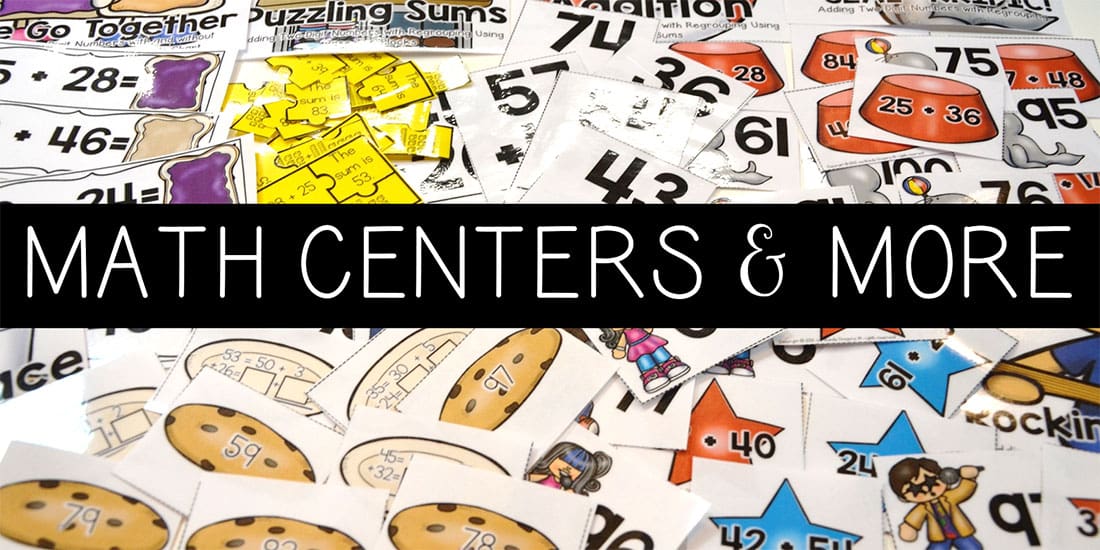
Mandy Gregory is a 2007 and 2012 Teacher of the Year. She has taught Kindergarten- 4th grades in both the general education and inclusion settings. She is currently a 1st grade Special Education teacher. She is the owner and creator of Mandy’s Tips for Teachers website (www.mandystipsforteachers.com) and has over 13 years of teaching experience. She is married with two beautiful children.
















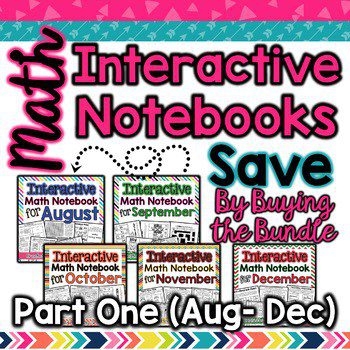
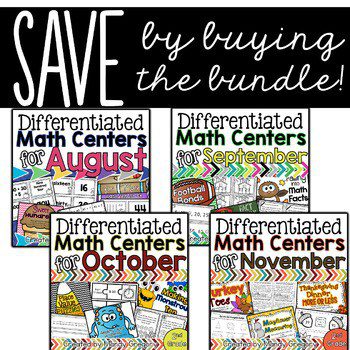
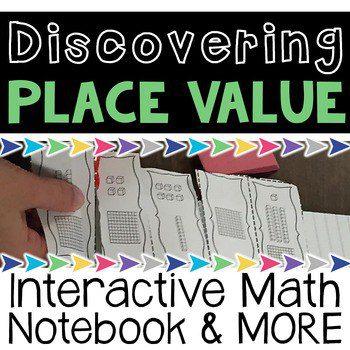


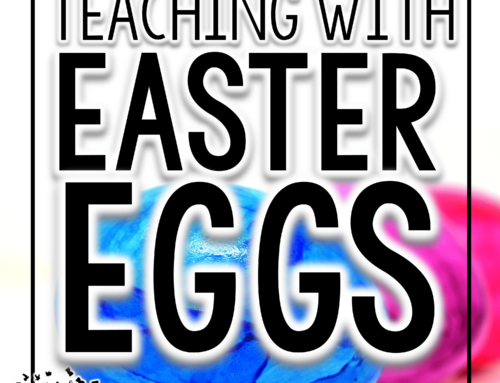
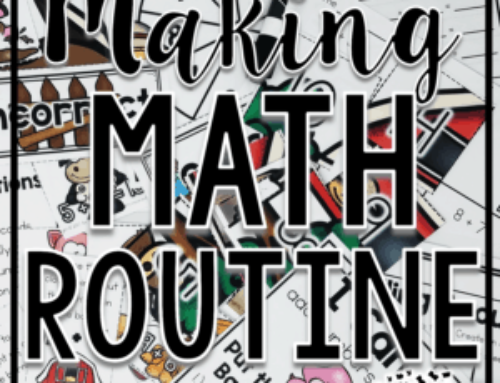

I see that teaching geometry has become a great challenge for you. But you have managed to turn crisis into a possibility as they say. You have managed to come up with so many great ideas, activities and worksheets. I am helpful that you have decided to share this experience with the other teachers and for them try out your methods in their classroom. I know that geometry doesn’t involve having to order your essay online but I would like to know about this particular possibility.
I am Alecia used every single spell worker on the internet, spent untold amounts of money and discovered they are all fakes…i was the fool though; doing the same thing over and over again and expecting different results. In the end, I decided that I wanted a tarot reading to know what my future held for me; I contacted a woman who lives locally to me and she told me about a man named (Dr Abalaka); he does not advertise on the internet, has another job for income, has no set prices, makes no false promises and refuses to help anyone that cannot be helped and even helps for free sometimes, he will give you proof before taking money. He is a wonderful man and he was the only person who actually gave me real results. I really hope he doesn’t mind me advertising his contact on the internet but I’m sure any help/ extra work will benefit him.contact him as [email protected] He travel sometimes.love marriage,finance, job promotion ,gambling voodoo,lottery Voodoo,poker voodoo,golf Voodoo,Law & Court case Spells,money voodoo,weigh loss voodoo,any sicknesses voodoo,Trouble in marriage,it’s all he does Hope this helps everyone that is in a desperate situation as I once was; I know how it feels to hold onto something and never have a chance to move on because of the false promises and then to feel trapped in wanting something
more. his cell phone number 5182932141 !
You’ve made some good points there. It’s a good idea! Please visit https://goo.gl/SdA9wa